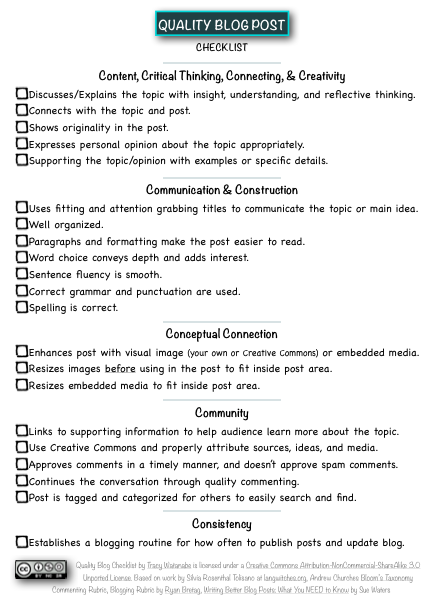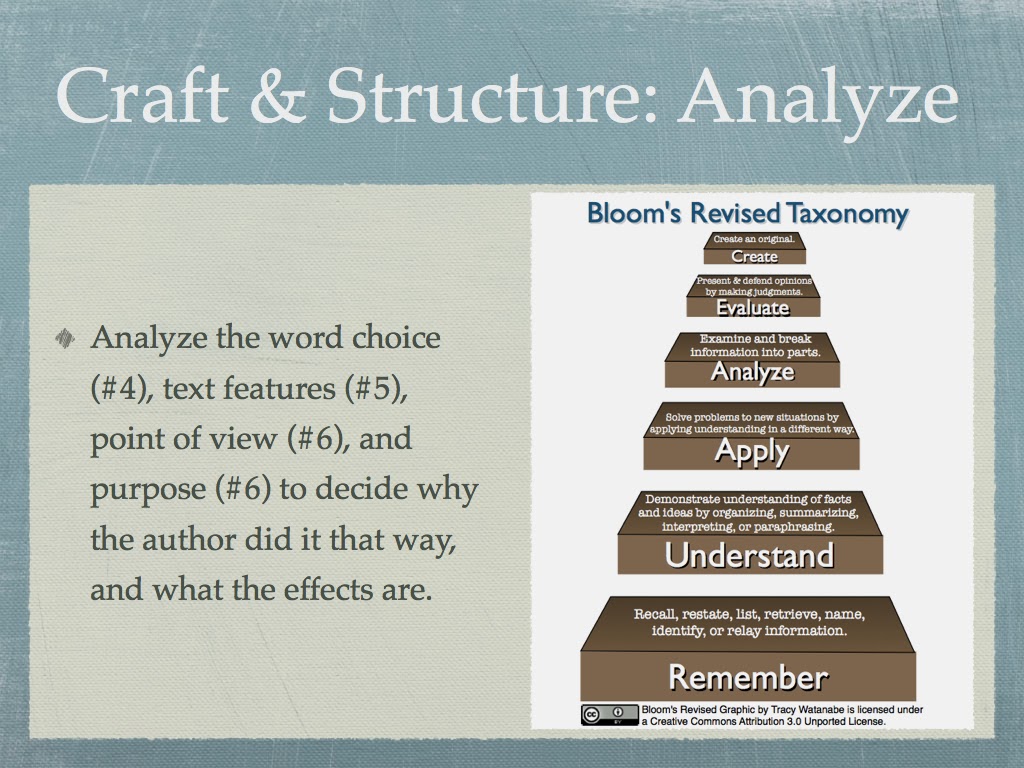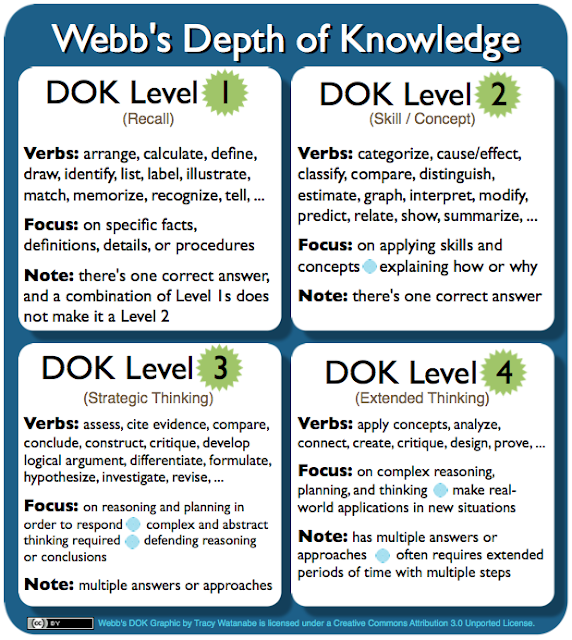Developing 21st Century Learning through Coaching Conversations
How can I spread that passion so the goal of 21st century learner-centered classrooms becomes a reality?
As the Technology Integration Specialist, part of my job is coaching teachers, administrators and students in technology integration for 21st century learning.
As a coach, there are several different roles, avenues, and opportunities I have to further this goal:
| Roles | Sharing or Consulting (Expert) | Collaborating (Peer to Peer) | Coaching (Facilitator) |
| Visual |
|
|
|
| What and Why | Shares information, resources, content, and advice | Works together to create; collaborates | Supports, encourages, critiques, and guides to new insight or deeper reflection |
| How | Provides supplies and resources; offers ideas and materials; gives tips and solutions | Brainstorms together; plans together; works together; gives and takes | Provides "Wows" and "Wonders"; Paraphrases, inquires, and probes |
| When | Use with new ideas, content, or techniques; don't overuse | Use with willing, and remember that collaboration is goal | Use when relationship is built and readiness is there (otherwise frustration or shut-down could occur) |
The above representation is my summary of various sources such as NSDC's Learning Forward's "Fit the Strategy to the Learner", Laura Lipton and Bruce Wellman's Mentoring Matters, and Microsoft Peer Coaching developed by the Peer Ed Team.
Key ideas in coaching
Building relationships and trust is key. Being passionate about learning and having integrity is part of building trust. Truly listening and helping will grow trust and the relationship. To show I'm listening, I do my best to:
- Paraphrase the conversation and ask clarifying questions to make sure I understand.
- Ask questions to probe deeper.
As I create our professional development for our Year 2 Collaboration Coaches, I turn to my friend, Taylene Bell, to help us understand more about the power of paraphrasing and asking questions. She shares Laura Lipton's and Bruce Wellman's three ways of paraphrasing and shifting conversations:
- Acknowledge and clarify by paraphrasing and restating the conversation.
- Summarize and organize by pulling the main ideas, themes, or issues into a short paragraph.
- Shift the focus of the conversation to something concrete (shifting down) such as an action, strategy or example; or, shift the conversation to something more abstract (shifting up) such as the big idea, the overall goal, an assumption, or a belief.
Taylene and I put together two hypothetical situations to show what shifting conversations could look like:
Scenario 1 from our video: technology management
In the first scenario from our video, the teacher is having difficulty with management of technology based on the various readiness levels of the students. Since the teacher focuses on specific problems and examples, the coach shifts the conversation up to the overall goal, which helps the teacher move forward.
Scenario 2 from our video: Creative Commons
In the second scenario from our video, the teacher is frustrated over others not using Creative Commons. The teacher highly values sharing and respecting licenses. The coach helps by shifting the conversation down, resulting in the teacher setting a specific action plan to move forward.
Final thoughts
These skills help me continue conversations about 21st century learning--innovating, creating, collaborating, communicating, risk taking, and critical thinking.
I realize there is so much I do not know about coaching. My goal is to improve, learn more, and share so others can reap the benefits. Ultimately, if I become a better coach and listener, I'll have a stronger impact on creating 21st century learning-center classrooms.
- What key concepts or take-aways did you get from this post?
- How do you develop your coaching/listening skills?
- How would building those coaching/listening skills help build relationships with your peers, students, friends, or family?
- How do you further discussions about 21st century learning?






This training session reminded me of the importance of helping those I coach think of specific, actionable steps they can take in the classroom. It is so easy to feel overwhelmed as a teacher and I have to remember to put myself in the other person's place. Sometimes shifting our thinking just slightly gives a whole new perspective and makes the situation seem more hopeful.
ReplyDeleteHi Shauna,
DeleteI'm glad the training connected with you. Paraphrasing and asking questions makes such a difference in communication, connecting, and moving forward. I hope to improve in these areas.
Regards,
Tracy
I think of the different kinds of conversations that are going around in my circle of influence right now and many of them focus on how teachers are frustrated with one thing or another. As these conversations end, I too, feel disgruntled and frustrated because no plan of action has been developed; we're settling for the status quo. But I believe that I can do more than just be a listening ear. Considering the "shifting up" or "shifting down" and how I might implement that into the conversations that I am privy to, may empower the teachers to take an action step to improve the situation that they are experiencing rather than walking away empty handed.
ReplyDeleteI appreciate the video that was included because it gives me ideas of how I might begin these conversations. However, I sometimes struggle with putting on my coaching hat as the individuals that I am often in contact with are my personal friends and I forget to use the skills that I have learned on how to coach because I am not in the proper mindset. I guess this takes practice? I'm not sure.
Thanks for posting these ideas! They are so valuable and helps remind me that I have so much to learn. :)
Hi Bethany,
ReplyDeleteI'm so glad this gave you some ideas of how to help shift conversations to something more productive. Now that I know how to shift the conversations, I try to listen for those ques to decide how to shift the conversation. So far, I've only thought about it when I realize the other person is frustrated, or just super focused on details. It worked nicely, but I sure need more practice.
Kind regards,
Tracy
Nice post. I was checking continuously this blog and I am inspired! Extremely helpful information specially the ultimate section I handle such info a lot. I was looking for this particular info for a very long time. Thanks and good luck.
ReplyDeletenlp practitioner